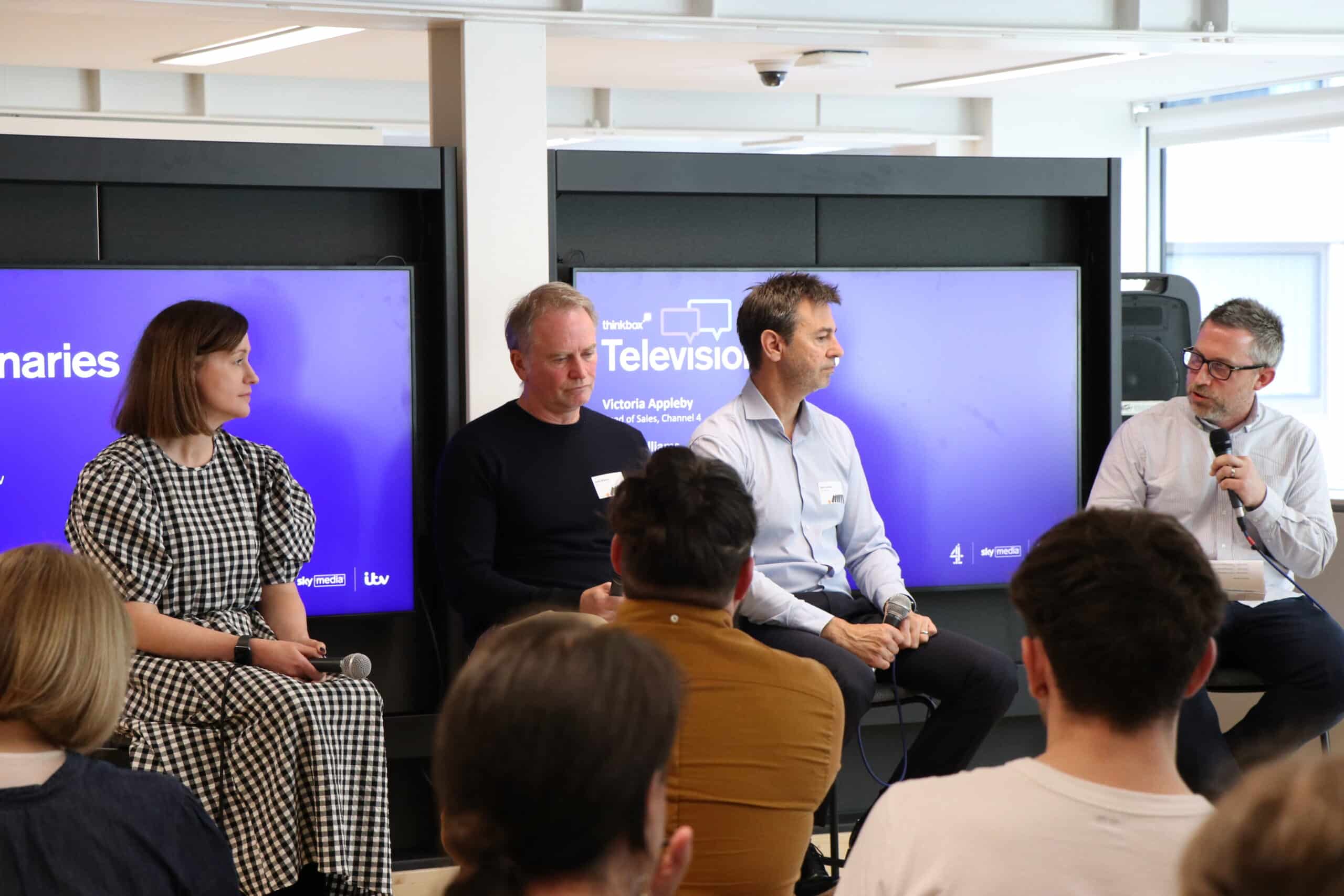The future of TV: key insights from Thinkbox’s Televisionaries panel
The effectiveness of broadcast TV has been a point of contention for quite some time in our industry; the debate is led by many factors including inflation, the increased proliferation of channels and providers, the constant shift in viewing patterns, and new approaches to measurement and optimisation.
However, at Wavemaker we are fierce advocates for the power of TV and truly believe that through an outcome-focused planning approach that carefully considers the appropriate mix of old and new media channels, we can deliver exceptional growth for our clients.
Last week, in partnership with Thinkbox, we hosted an exclusive breakfast event for clients, centred on a candid and thought-provoking discussion on the future of TV. We were joined by Victoria Appleby, Head of Sales, Channel 4, Kelly Williams, Managing Director Commercial, ITV, Brett Aumuller, Managing Director, Sky Media and Matt Hill, Director of Research and Planning, Thinkbox for an insightful debate on how to unlock transformational growth through TV.
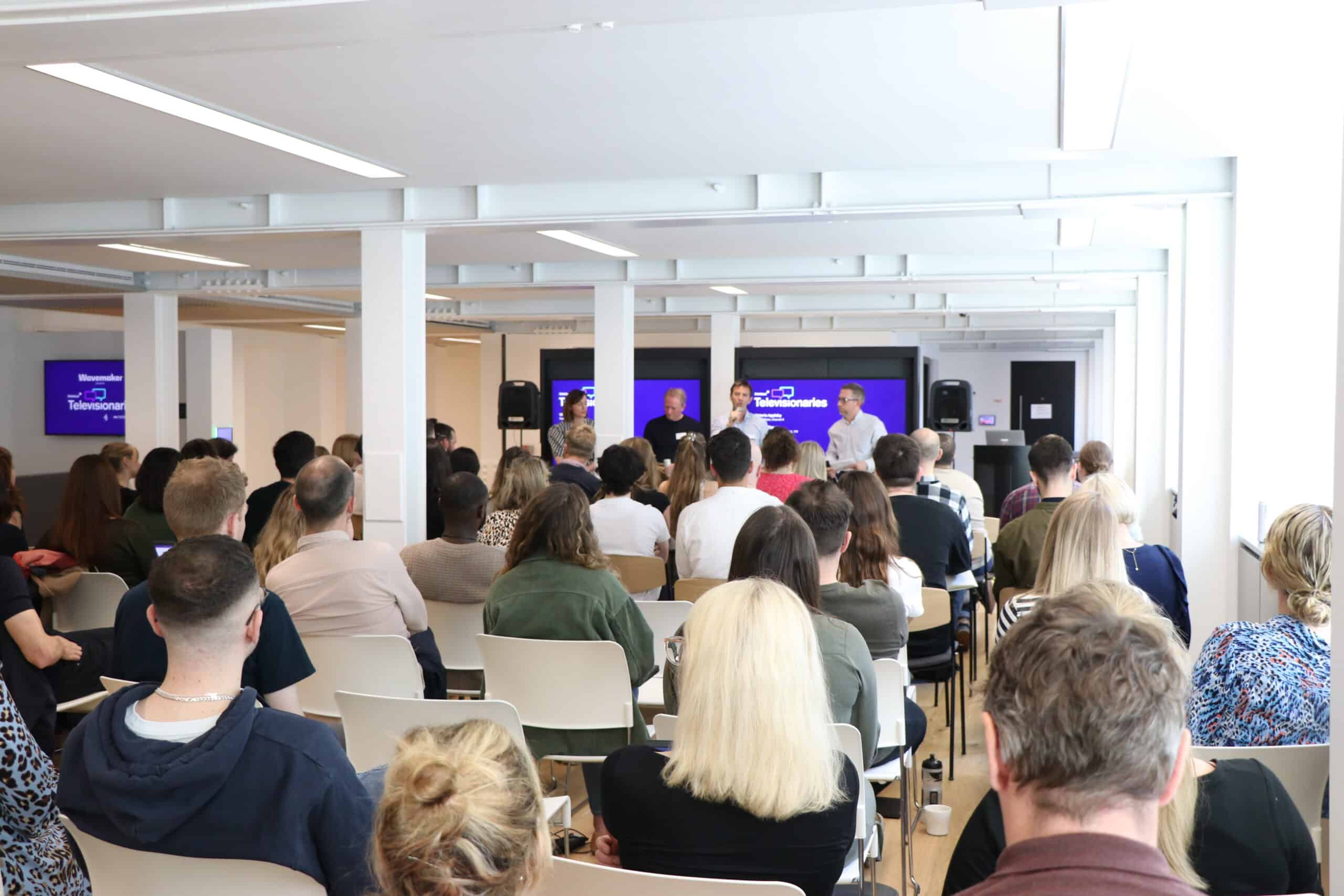
Below are the key takeaways from the session.
The TV landscape is showing signs of stability.
Video fragmentation, emerging SVOD and AVOD players as well as the pandemic have all impacted TV in the last five years. Thinkbox research reveals that these factors resulted in a decline in broadcast TV viewing, TV inflation, and market volatility. However, recent data for the first quarter of 2023 paints a different, more stable picture for the channel.
The TV industry is settling into that change, we’re hitting the plateau and that’s going to mean there’s going to be less volatility, more predictability, and it means we can get more out of TV.
Matt Hill, Director of Research and Planning, Thinkbox
These changes to the landscape have made the craft of planning, data, audience insights and quality of content on screens more important than it’s ever been before. But what remains apparent is that TV still presents an opportunity for brands to build their share of voice to drive growth for businesses.
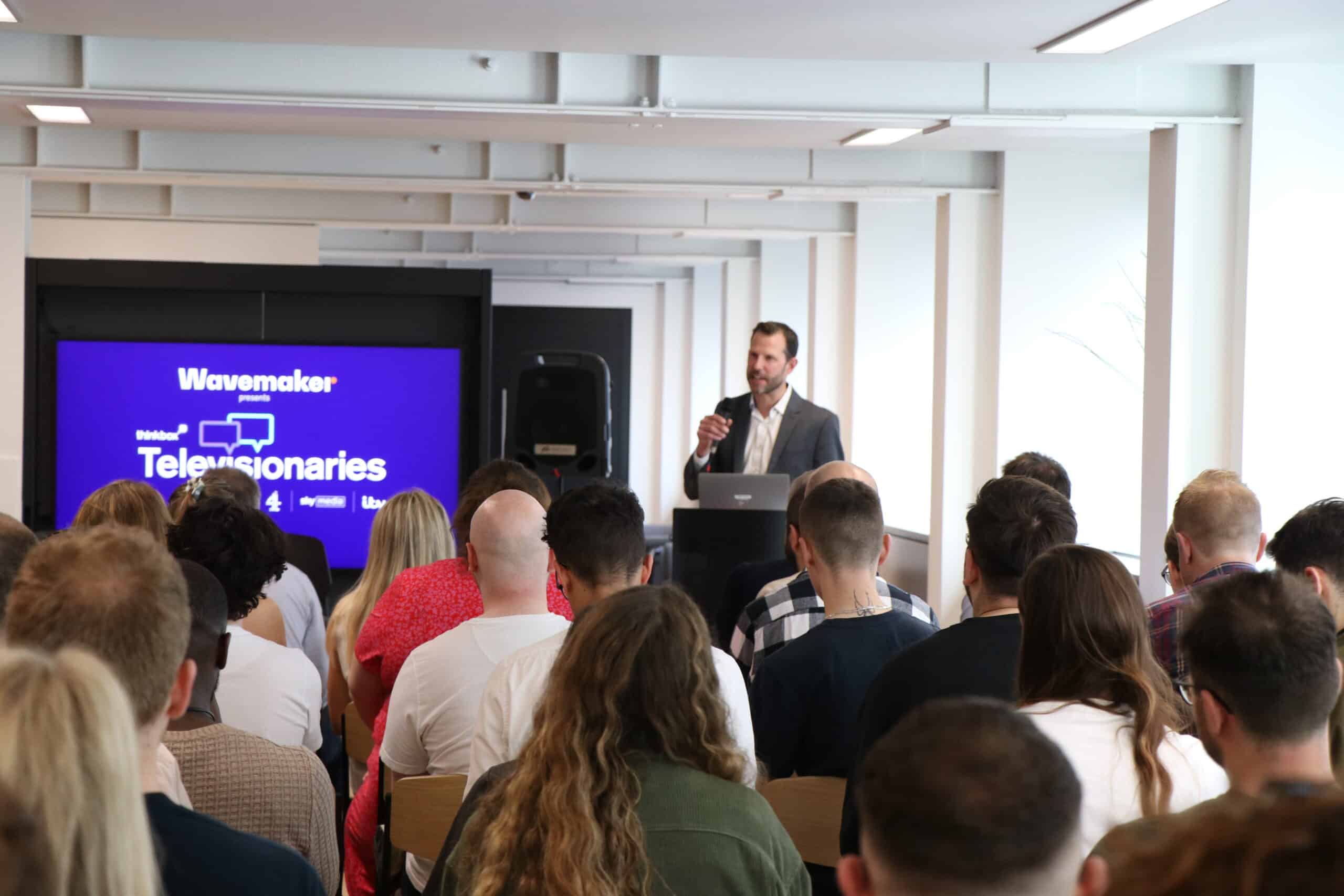
Some categories are thriving, others are still struggling.
Sharing some insights into categories making the big strides on TV this year, Kelly Williams highlights that travel and tourism, government and automotive are still very strong. The retail industry is described as holding up, while big FMCG brands are taking advantage of the share of voice opportunity by dramatically growing their spends.
On the other hand, regional markets seem to be lagging, which is probably driven by the current difficult scene for small, and medium sized businesses; and many direct-to-consumer goods are cutting back.
The deflationary TV market is an opportunity to grow share of voice.
Following the pandemic, the news of TV inflation hit the headlines, and since last summer, the TV industry has faced an even more challenging time; the cost-of-living crisis, inflation, the war in Ukraine, amongst many other socioeconomic and political factors, have all contributed to a decline in revenue.
Many advertisers are cautious, and this has led to a deflationary TV market. However, this is a unique opportunity for brands to invest more and drive incremental share of voice, as well as well as share of market gains. Matt Hill further states that there is also a correlation between share of voice and reduced price sensitivity. Thus, in this inflationary environment, as the cost of goods are going up, share of voice can be a powerful tactic for brands to maintain or reduce our price sensitivity.
Broadcast TV viewing patterns are bouncing back.
It was widely reported that TV viewing went up as a direct impact of the pandemic and lockdown, but as the world opened up once again, viewing began to decline. Things are looking up in 2023, with all Broadcasters expressing optimism in the changing patterns of their viewing figures.
2023 viewings are climbing again across all genres. Brett Aumuller stated that Sky households’ viewing is up by around 4% year on year and on demand viewing is up by over 20%. Aumuller believes there will be the usual mild but sort of slow decline in linear and people moving towards on demand.
Similarly, Kelly Williams commented on the success of ITVX launch just five months ago. They have seen streaming hours grow by 97% year on year, and monthly active users has grown by just under 50%. He said:
“What we’re seeing now is when you combine our on demand viewing with our live view, we’re seeing audience growth. So, it’s important as advertisers that you plan and buy across both, because they’re both a really important part of what we have to offer.”
Popular genres are still growing strong.
Thinkbox’s data shows entertainment at the top of the chart, followed by Drama, News and Sport. Although the SVODs have had limited impact in terms of genres, drama and films (as expected) have received the most hit. About 40% of all views into drama and films now is to SVODs.
Documentaries, News, Sport, Hobbies, and much of entertainment, remain the mainstay of the UK broadcasters. Locally produced content that reflects the culture of the population are also popular on these channels. This is believed to continue to be a hugely important area for the broadcasters going forward.
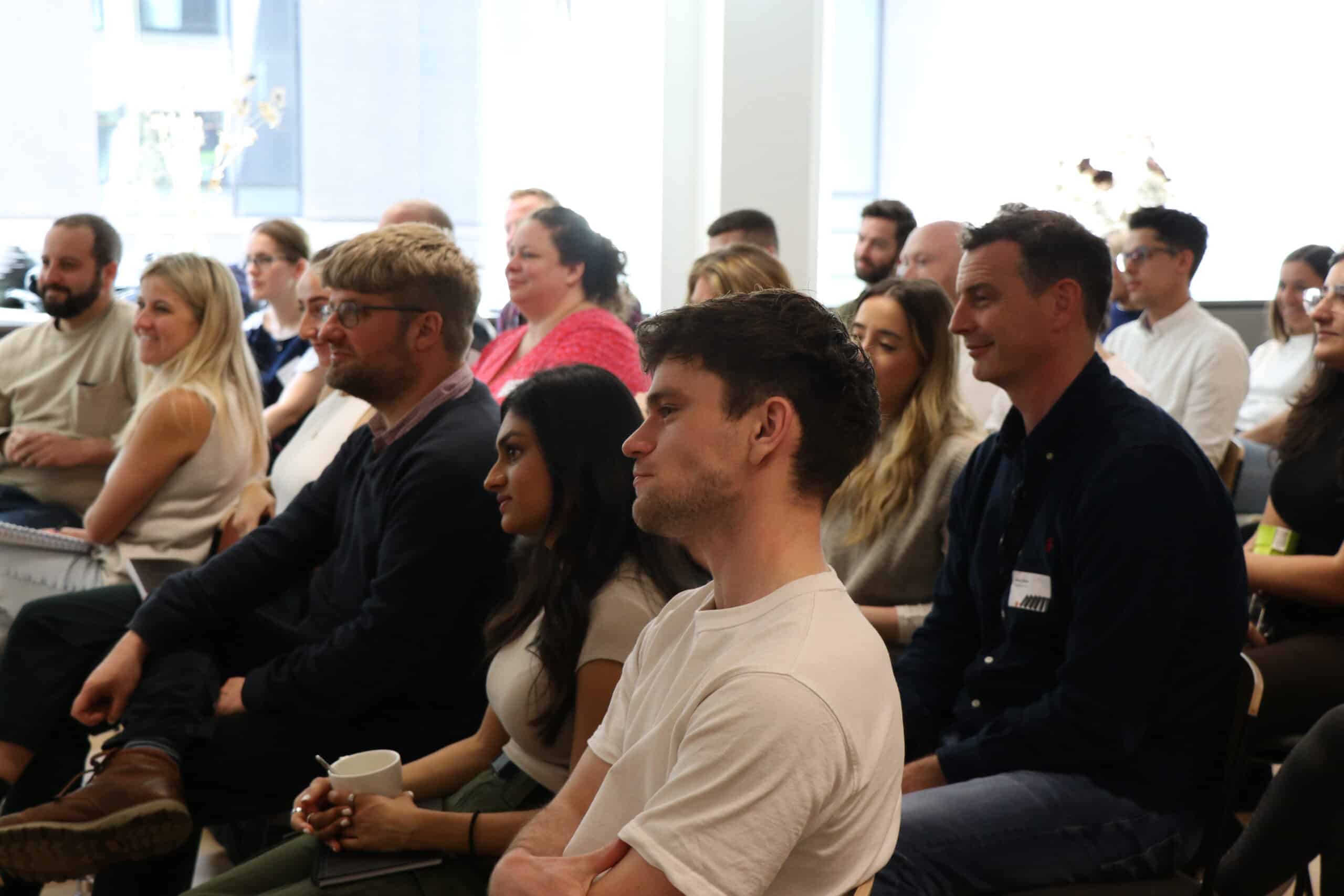
Converged propositions are surging in the TV market.
At the moment, there are on demand and live linear propositions, but a lot could change in the coming years. In Kelly Williams’ opinion, the evolution of TV is toward convergence. The industry is on a path where our broadcast TV will stop being delivered via cable and TV aerials, and will be delivered via IP.
As TV content, live and on demand, gets to a point where it’s all delivered via IP, then there is an opportunity to offer addressability across the entire portfolio.
ITV, for instance, are trying to get the market used to buying a converged proposition. They activated converged packages for Love Island and plan to do the same for Big Brother and the Rugby World Cup.
However, from a trading perspective, Williams thinks that the industry still has a long way to go as TV trading is regulated by CRR which cannot be changed, and this may be the major roadblock to move towards a converged way of trading.
Broadcasters have a plethora of measurement tools accessible to brands.
There are lots of game-changing and exciting developments on horizon in the television landscape. Broadcasters are investing heavily to help brands and advertisers effectively measure their outcomes and prove the effectiveness of TV.
Sky Media has a deterministic web attribution, which can track how customers are behaving from watching a TV ad all the way through to buying online. Brands that use this tool have a dashboard that shows real time performance of that linkage between TV ad viewing, website visits and purchase.
ITV have launched a share of voice tool that makes it easier for agencies and advertisers to measure their share of voice from an advertising perspective. They have also built a planning tool called Recovery Budget Planner, a sophisticated geo experiment tool for regional tests.
Channel 4 are in the testing phase for a breadth of products. About a month ago, they launched a test in an ad experience product to understand the impact of ad load on ad effectiveness, and also on using different creative formats.
TV is the right channel to propel the sustainability agenda.
At Cop 26, all broadcasters signed up to the Climate Content Pledge which effectively commits them to delivering content that drives the sustainability agenda and aims to change behaviours in society.
Advertising, in Kelly’s view, is very good at leading on the sustainability agenda. According to him, five years ago, 75% of car advertising wasn’t electric but now 80% is. He also noted that there has been an exponential growth in plant-based advertising and the Love Island x Ebay partnership last summer has been game changing for sustainability. These are great examples of what TV advertising can achieve to elicit behaviour change.
Research conducted by Sky shows that there is higher engagement with ads that feature a sustainable message as part of the ads campaign. Sky Media’s Zero Footprint Fund helps brands bring sustainable products to TV advertising.
Building on that, Victoria stated it’s important that Broadcasters put out real content on screen alongside advertising to back their sustainability message up. In August, Channel 4 will launch climate season, so be sure to look out for it and watch when it launches.
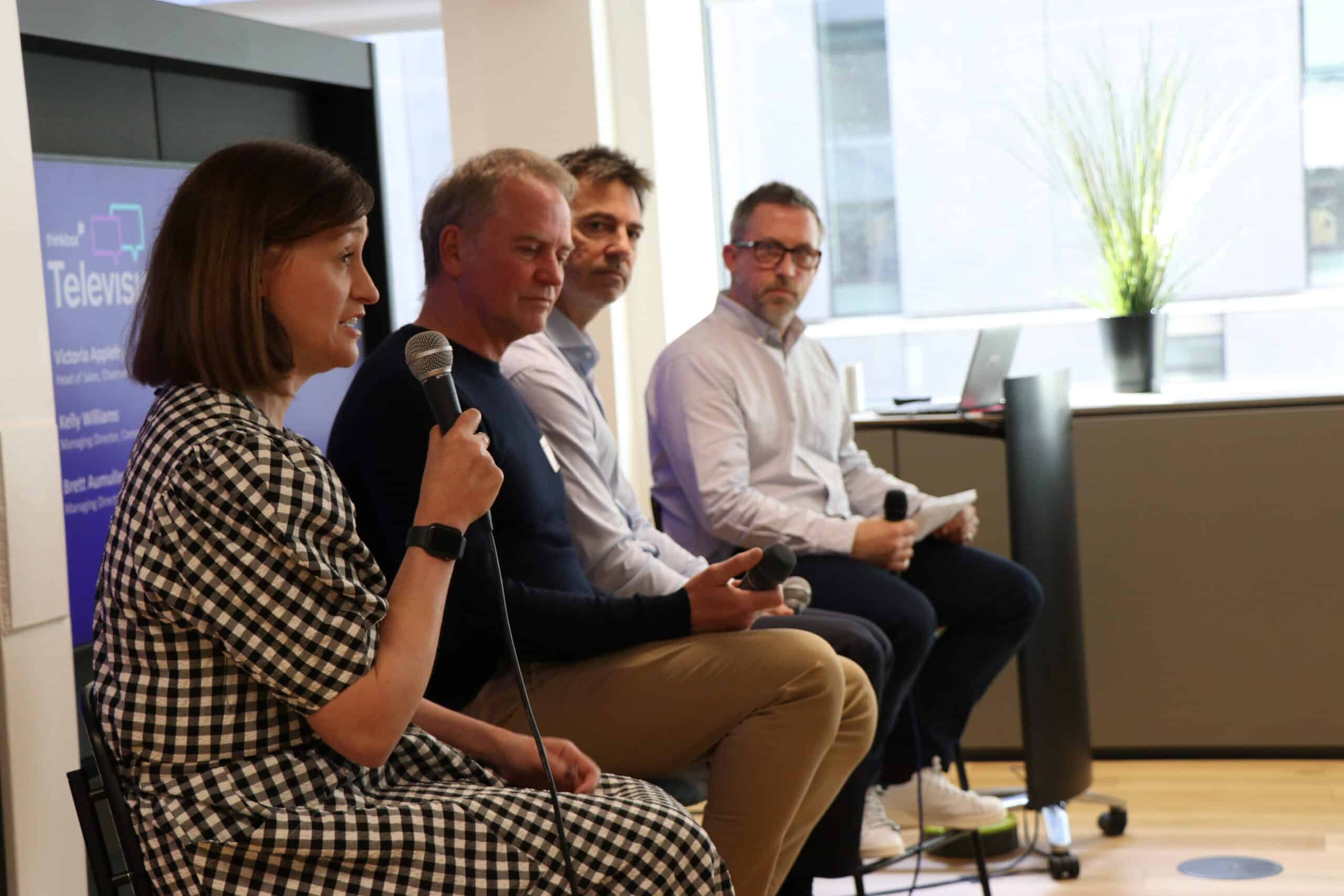
To conclude the session, we asked the broadcasters to share one key message or learning with clients:
We have three key propositions for advertisers: a mass reach proposition, a growing data driven addressable proposition, and an integrated creative proposition. These are three TV superpowers, and I think advertisers that combine all three are advertisers that see get the most out of TV.
Kelly Williams, Managing Director Commercial, ITV
TV creatives can deliver that which you don’t see in a lot of other channels especially when it comes to human connection. A compelling creative message on TV can connect to people in the most amazing way, has the power to change their minds and how they feel about things.
Victoria Appleby, Head of Sales, Channel 4
TV is an area of innovation. The opportunity to innovate in TV is boundless, but people don’t about think it. Across addressable, digital measurements, and many more, there’s a lot of development going on in that space that advertisers should tap into.
Brett Aumuller, Managing Director, Sky Media

